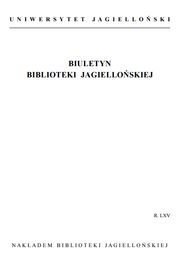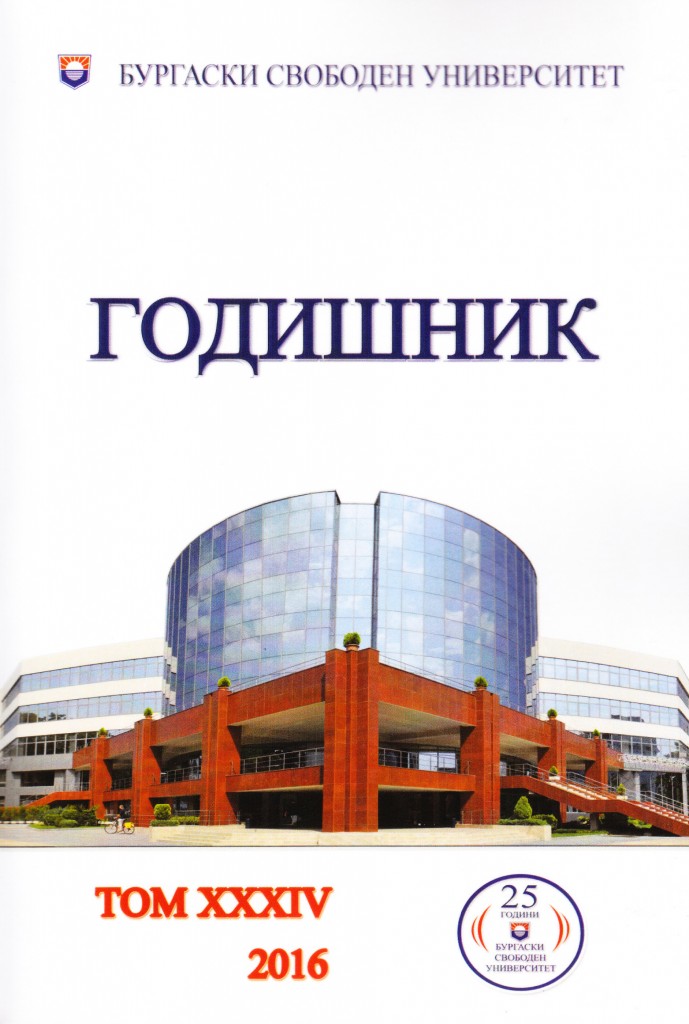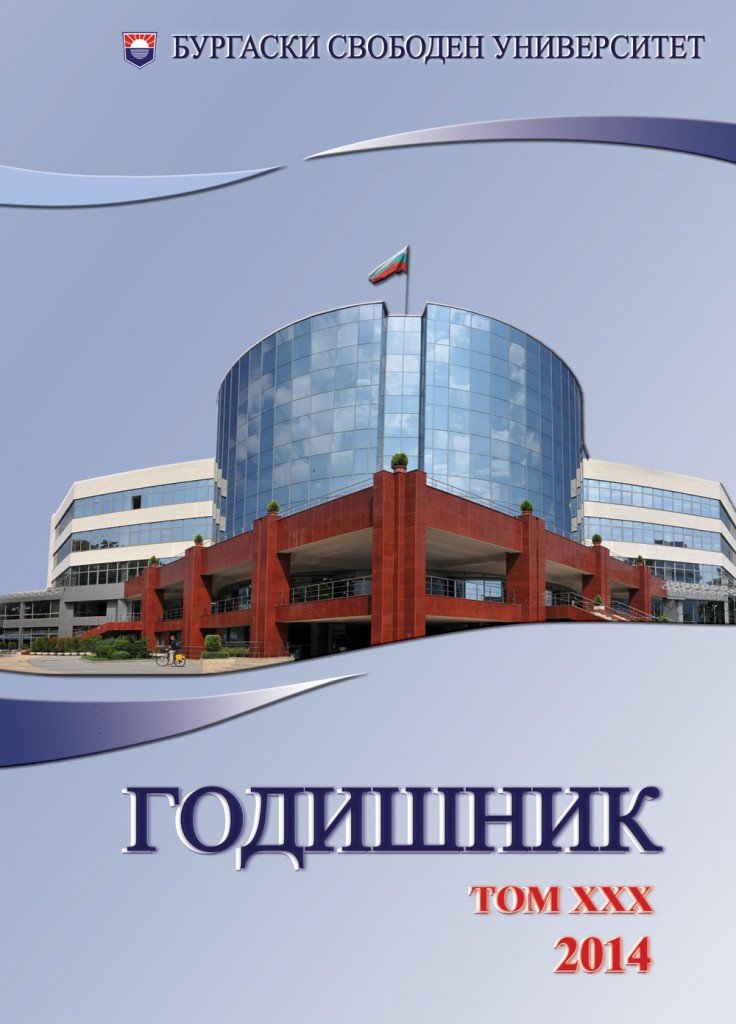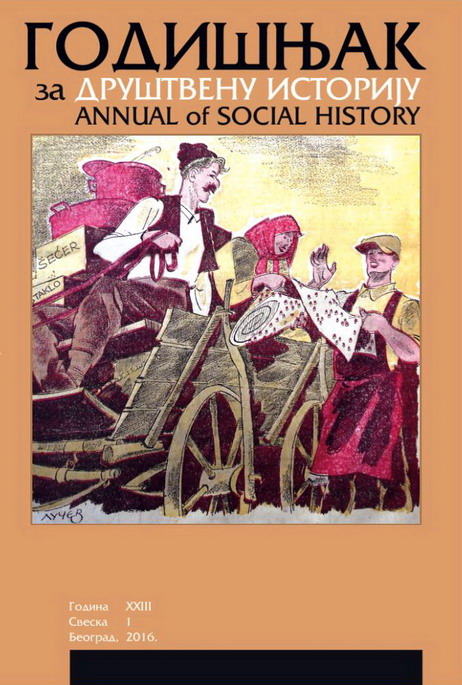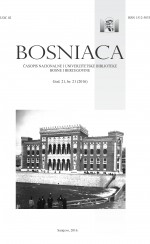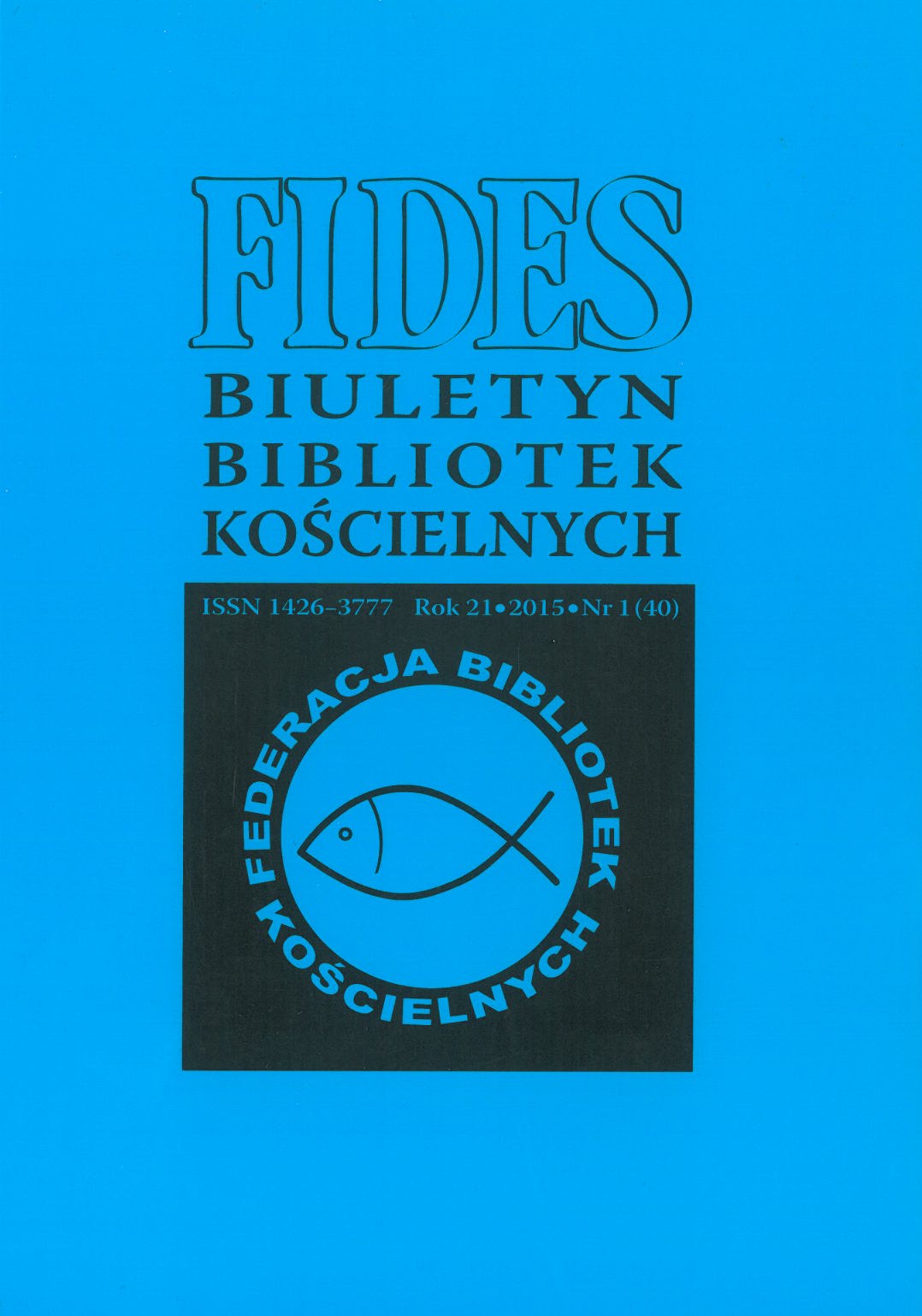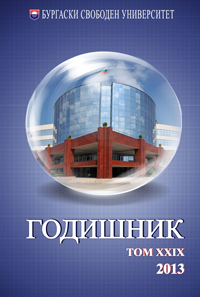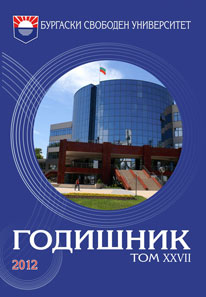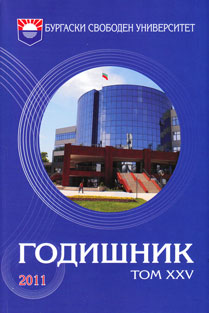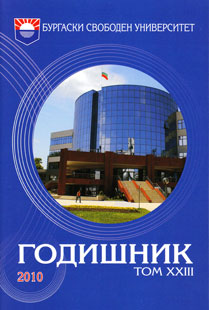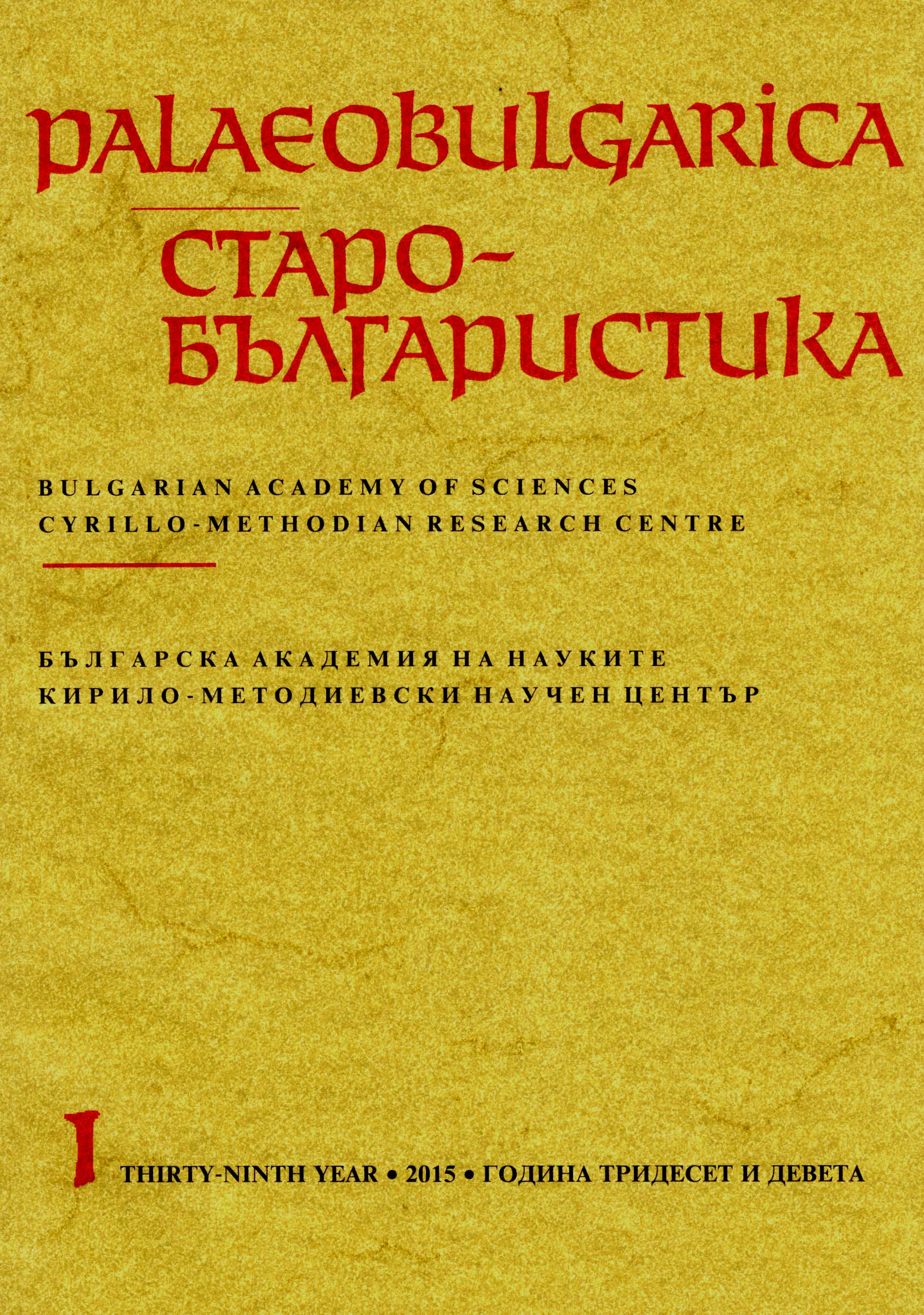
The Centre of Image and Material Analysis in Cultural Heritage (CIMA) in Vienna and its Current Activities. Part III: Material Analysis
The CIMA-team uses various analytical techniques for the material analysis of pigments and inks as well as the characterization of the parchment: X-ray fluorescence analysis (XRF) for the identification of the elements present and Fourier transform infrared (FTIR) as well as Raman spectroscopy as complementary methods for the determination of the various compounds. The high advantage of these analytical methods is their applicability in air. In most cases the analysis is non-destructive (without taking original sample material) or even non-invasive, which means that no changes or alterations occur before, during or after the investigation at a manuscript. Furthermore, the miniaturization in the field of electronics yielded instruments, which can be easily transported into museums, libraries or galleries. In the publication a short overview of the techniques is presented and some results obtained so far on Glagolitic, Greek and Latin manuscripts is discussed, where different pigments but also ink materials could be identified depending on the origin and period of their production.
More...
